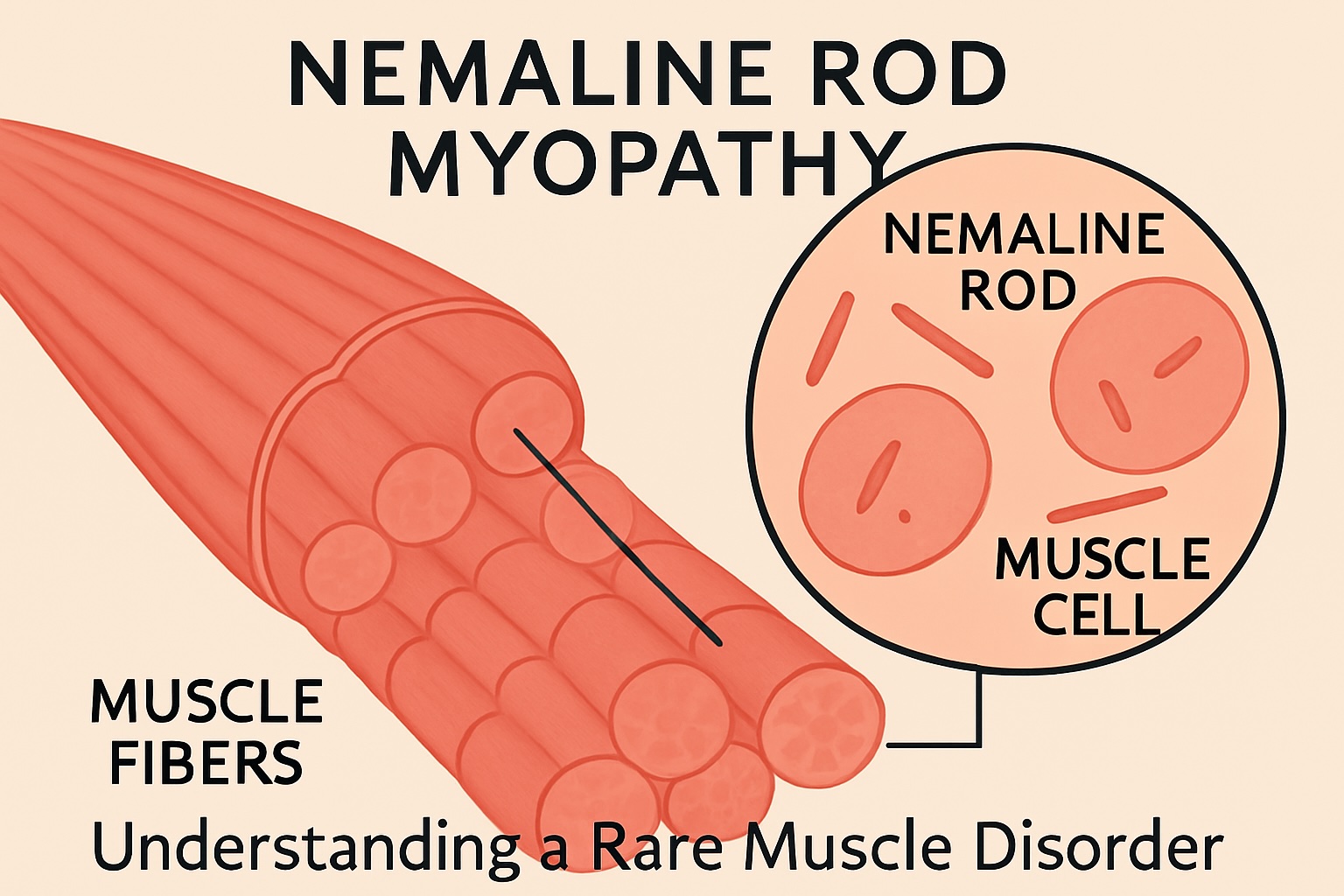Chronic diseases in the United States are long-lasting health issues that persist for a year or more, often requiring continuous medical care and affecting daily activities. So, what are chronic diseases, and why do they matter? Common examples include heart disease, cancer, diabetes, stroke, and chronic lung disease. Together, these conditions represent a significant public health challenge. In the United States, chronic diseases like heart disease, cancer, and diabetes are the top causes of death and disability. They contribute to a large portion of the country’s health care burden, leading to an estimated $4.5 trillion in annual health care expenses.
Key Causes of Chronic Diseases
Poor Nutrition
Chronic diseases are significantly influenced by poor nutrition. Nowadays, a lot of diets lack necessary fruits, vegetables, and whole grains and are heavy in processed foods, added sugars, salt, and unhealthy fats. Obesity from this unhealthy eating pattern raises the risk of major illnesses like type 2 diabetes, heart disease, stroke, and some types of cancer. A nutritious diet, on the other hand, can strengthen the immune system and help ward off these diseases.
sadly, a lot of people in America find it hard to follow the suggested diets. Just 10.0% of Americans over the age of 18 ate sufficient amounts of veggies each day in 2019, and only 12.3% of the population ate sufficient fruit. It may have major ramifications over visible general population since it shows that about 90% of adults don’t get the nutrients they need.
One major outcome of poor nutrition, especially when combined with a lack of physical activity, is the rising prevalence of obesity. Currently, about 42% of U.S. adults and 20% of children are classified as obese. Obesity is not just a chronic condition on its own; it also significantly raises the risk of developing other chronic diseases, such as diabetes, heart disease, and some cancers. The economic impact is staggering, with obesity-related health issues costing the U.S. healthcare system nearly $173 billion each year.
To combat these challenges, improving nutrition is essential. This can be achieved by increasing the intake of fruits and vegetables, opting for lean proteins and whole grains, and limiting sugar, sodium, and processed foods. Taking these steps is crucial for reducing the risk of chronic diseases and promoting better health for everyone.
Physical Inactivity
Physical inactivity, or not getting enough exercise and movement, is closely linked to poor nutrition as a major contributor to chronic diseases. Regular physical activity is vital for maintaining cardiovascular health, a healthy body weight, and proper metabolic function. On the flip side, leading a sedentary lifestyle significantly increases the risk of developing chronic conditions. A lack of exercise is associated with a higher likelihood of heart disease, type 2 diabetes, certain cancers, and obesity.
The impact of physical inactivity is not just a health issue; it also carries a significant human and economic cost. Alarmingly, only about 1 in 4 adults in the U.S. meets the recommended guidelines for both aerobic and muscle-strengthening activities. This means that many people are missing out on the benefits of regular exercise.
Additionally, around 31 million adults over the age of 50 are completely inactive, engaging in no physical activity beyond their daily routines.
encouraging physical activity and exercise is crucial to improving overall health and reducing the risk of chronic diseases. Individuals can take important steps to better wellness and health through making small changes to their everyday lives that involve greater amounts of physical activity.
The consequences of physical inactivity are quite serious. It’s estimated that 1 in 10 premature deaths in the U.S. can be attributed to a lack of physical activity. From an economic standpoint, this inactivity is associated with annual healthcare costs of around $117 billion due to related diseases. In simple terms, a sedentary lifestyle not only shortens life expectancy but also drives up healthcare expenses.
On a brighter note, increasing physical activity can lead to significant health benefits. Regular exercise can lower blood pressure, enhance mental well-being, reduce the risk of developing various chronic diseases, and help with weight management.
The consequences of physical inactivity are quite serious. It’s estimated that 1 in 10 premature deaths in the U.S. can be attributed to a lack of physical activity. From an economic standpoint, this inactivity is associated with annual healthcare costs of around $117 billion due to related diseases. In simple terms, a sedentary lifestyle not only shortens life expectancy but also drives up healthcare expenses.
On a brighter note, increasing physical activity can lead to significant health benefits. Regular exercise can lower blood pressure, enhance mental well-being, reduce the risk of developing various chronic diseases, and help with weight management.
The consequences of physical inactivity are quite serious. It’s estimated that 1 in 10 premature deaths in the U.S. can be attributed to a lack of physical activity. From an economic standpoint, this inactivity is associated with annual healthcare costs of around $117 billion due to related diseases. In simple terms, a sedentary lifestyle not only shortens life expectancy but also drives up healthcare expenses.
On a brighter note, increasing physical activity can lead to significant health benefits. Regular exercise can lower blood pressure, enhance mental well-being, reduce the risk of developing various chronic diseases, and help with weight management.
Finding ways to move more and sit less—whether through structured exercise programs or simply by adopting a more active lifestyle—can greatly benefit both individuals and communities. By making these changes, we can promote better health and improve quality of life for everyone.
Excess use of alchol
Alcohol use – whether it is heavy drinking or binge drinking, is another modifiable behavior that drives chronic disease. Excessive alcohol use can lead to serious health issues over time. Excessive drinking can increase the risk of long-term complications involving high blood pressure, heart disease, stroke, liver disease (i.e. cirrhosis), digestive problems, and certain cancers, including breast, colon, esophagus, and liver cancers 15. Alcohol use can also contribute to mental health illness and exacerbate other chronic conditions such as diabetes.
The human cost of heavy alcohol use is staggering. Alcohol is responsible for about 178,000 deaths in the U.S. each year, including 1 in 5 deaths in adults ages 20–49 (much of this reflects working-age deaths from alcohol-related causes of death, such as alcoholic liver disease, accidents, and violence). Alcohol is, therefore, a leading cause of preventable death. In addition to the human health burden, costs related to alcohol consumption are substantial. Excessive alcohol use has been estimated to cost the U.S. about $249 billion in one year (2010), including health care, lost productivity, and other costs. Reducing heavy drinking by reducing drinking to 2 moderate drinking (1 drink per day for women or 2 for men, as an example) can decrease the risk of alcohol-related chronic diseases and promote an extended duration of good health.
The Social Determinants of Chronic Disease
Many of the chronic disease risk factors an individual faces are a consequence of that person’s surroundings and social conditions. Social determinants of health (SDOH) are the nonmedical factors influencing health that include the setting in which people are born, grow up, work, live, and age. Although these factors can promote health, they can also put it at risk. For some populations, higher rates of chronic disease are not a result of individual lifestyle and behavior decisions, rather, these individuals and communities often face systemic barriers that make it more difficult to obtain healthy or positive health care decisions.
Negative social determinants create health barriers. Take for example in neighborhoods or communities where grocery stores don’t furnish fresh produce or safe areas for exercise – individuals in this geographic area have a hard time achieving a healthy diet or being physically active despite their best efforts. Similarly, poverty and limited access to medical care can delay preventive screenings or management of conditions leading to worse outcomes. Below are examples of adverse social determinants that can contribute to risk for chronic disease.
- Poverty, which limits access to resources and healthcare.
- Unsafe or unhealthy environments, such as neighborhoods with pollution or violence.
- Substandard or unaffordable housing, leading to stress and exposure to health hazards.
- Food insecurity, meaning lack of access to enough healthy food for an active life.
- Limited access to quality education and jobs, which affects health literacy and economic stability.
These social and environmental conditions have both an impact on health behaviors and health outcomes. For example, if a community has no parks or sidewalks, it is likely less a resident can be physically active. If the only food available in the neighborhood is fast food or convenience stores, it is hard maintain a healthy diet. In some remote areas, healthcare services can be hundreds of miles away and possibly only with limited staff, which can make it difficult for residents to have screenings or management for chronic conditions. As a result, some groups – usually people who are less educated, less wealthy, or potentially people who are frenchs and ethnic minorities – have a higher burden of chronic disease.
How Big Is the Chronic Disease in the United States
To fully appreciate the magnitude of the chronic disease crisis in the U.S., it is helpful to explore some important statistics. Chronic diseases “by the numbers” illustrate the high prevalence of chronic diseases, how chronic diseases impact lives and the economy, and also how trends are changing over time. Below is a table featuring key facts and figures regarding chronic disease prevalence, impact, costs, and trends in the United States:
| Key Statistic | Value(United States) |
|---|---|
| Key Statistic | Value(United States) |
| Adults with at least one chronic disease | 6 in 10(60% of adults) |
| Adults with two or more chronic diseases | 4 in 10(40% of adults) |
| Share of annual U.S. health care spending on chronic conditions | -90% of the nation’s $4.5 trillion health expenditures |
| Annual deaths from heart disease and stroke(combined) | -944,800 deaths per year(=1 in 3 of all deaths) |
| Annual cancer deaths (second-leading cause of death) | -600,000 deaths per year |
| Trend – rising prevalence | Chronic disease prevalence increased steadily over the past 20 years and continue to rise. |
| Trend – multimorbidity projection | by 2030, an estimated 83.4 million Americans will have 3 or more chronic diseases(up from 30.8 million in 2015) |
As you can see from the table, most Americans live with a chronic condition, and a substantial minority live with multiple chronic conditions at the same time. Chronic diseases are also the leading cause of death in the U.S. (heart disease and stroke alone account for about 1 in 3 deaths and cancer accounts for about another 1 in 5 ). The costs are astronomical — about 90 cents of every health care dollar is spent on people with chronic (and mental health) conditions . In 2018, the CDC indicated that chronic diseases and mental health conditions accounted for 90% of the $3.8 trillion spent on healthcare , highlighting how chronic diseases dominate the use of medical resources.
Trends over time are troubling: chronic conditions have in continuing trend steadily increased, and will continue to do so due to aging skeleton populations and high lifestyle risk factors. The number of Americans with multiple chronic diseases is expected to surge by 2030. This means that unless effective prevention and management strategies take root, the burden associated with chronic disease (including loss of life, disability and costs) will continue to grow.



